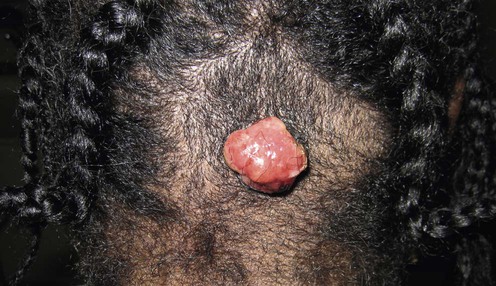Ghodsi SZ, Raziel M, Taheri A, Karami M, Mansoori P, Farnaghi F. Br J Dermatol 2006; 154: 671–5.
Pyogenic granuloma

First-line therapies
Comparison of cyrotherapy and curettage for the treatment of pyogenic granuloma: a randomized trial.
![]()
Stay updated, free articles. Join our Telegram channel

Full access? Get Clinical Tree





 Simple shave excision/curettage with electrocautery of the base
Simple shave excision/curettage with electrocautery of the base Full-thickness skin excision
Full-thickness skin excision Cryotherapy
Cryotherapy Silver nitrate cautery
Silver nitrate cautery